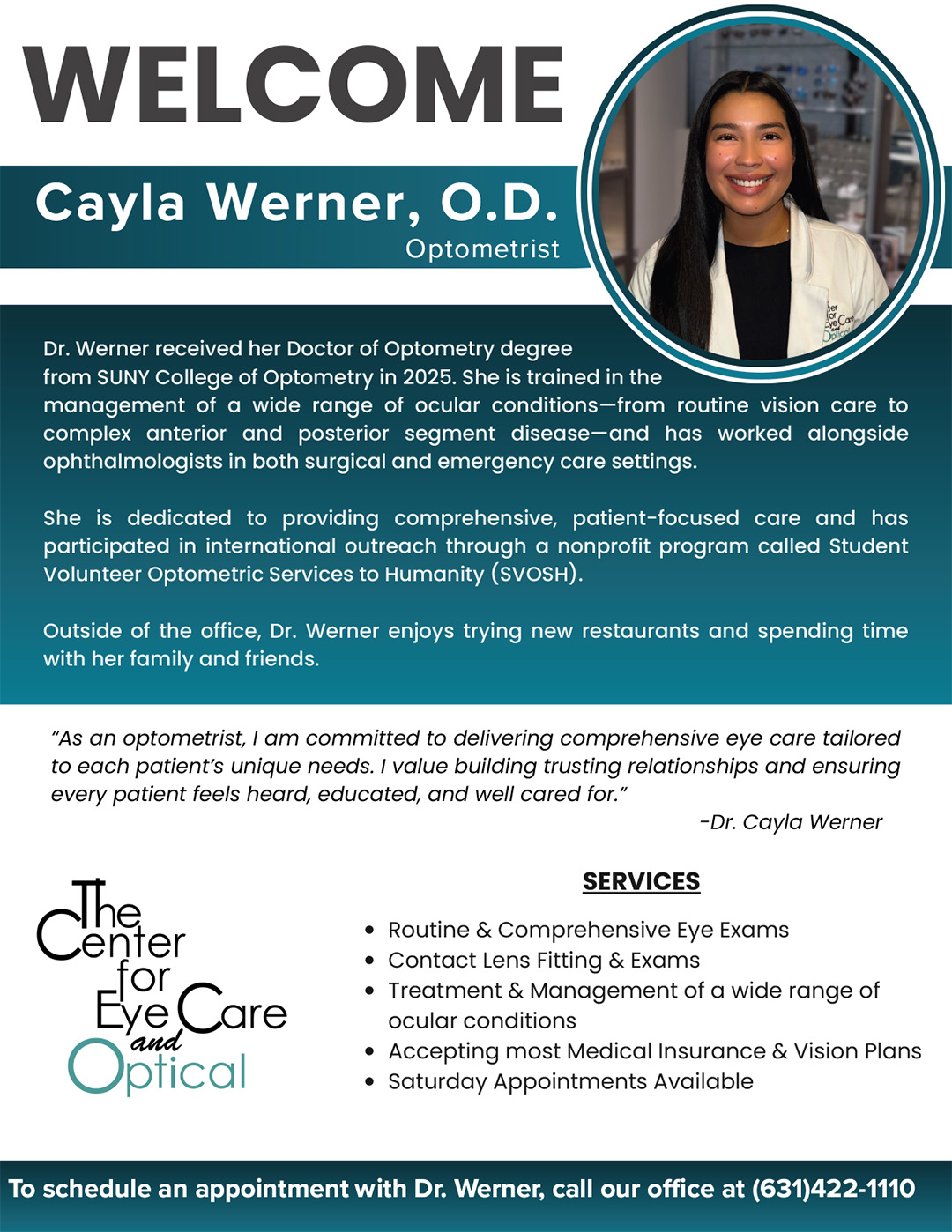
Dry Eye Syndrome is a common and often chronic condition that occurs when your eyes don’t produce enough tears or when the tears evaporate too quickly. While it may start as a minor irritation, dry eyes can lead to ongoing discomfort and even affect your vision if left untreated.
What Causes Dry Eye Syndrome?
Dry eye syndrome occurs when your eyes don’t produce enough tears or when the quality of your tears is poor. Common causes include:
• Aging: Tear production tends to decrease as we age.
• Environment: Wind, smoke, dry climates, and screen exposure can accelerate tear evaporation.
• Hormonal Changes: Especially common in women during pregnancy, menopause, or while using birth control.
• Medical Conditions: Such as rheumatoid arthritis, diabetes, or thyroid disorders.
• Medications: Certain antihistamines, decongestants, antidepressants, and blood pressure medications can reduce tear production.
• Meibomian Gland Dysfunction (MGD): Blocked glands along the eyelid margins can lead to poor-quality tears.
• Blepharitis: Chronic inflammation of the eyelids that can interfere with tear production and stability, contributing to dry eye symptoms.
Common Symptoms of Dry Eyes
Symptoms can range from mild to severe and may include:
• A stinging or burning sensation in the eyes
• Redness or irritation
• A feeling of dryness or grittiness, as if something is in your eye
• Blurred vision or eye fatigue
• Excessive tearing
• Sensitivity to light
• Discomfort with contact lens wear
If you experience any of these symptoms regularly, it may be time to seek professional care.
Treating Dry Eye Syndrome
At The Center for Eye Care and Optical, we offer a comprehensive approach to managing dry eye syndrome, with treatments tailored to the underlying cause and severity of each patient’s condition. Our goal is to relieve discomfort, improve tear quality, and restore long-term eye health through proven, individualized therapies.
Basic therapies are often the first step in managing dry eyes. Hot compresses are used to help loosen oil blockages in the Meibomian glands, which play a crucial role in maintaining a healthy tear film. Lid and lash cleaners help reduce bacteria and inflammation around the eyelids that may contribute to irritation. Artificial tears offer quick relief and support tear film balance throughout the day. In addition, omega-3 supplements may help improve tear production and reduce inflammation, supporting overall eye health from within.
When inflammation is a key factor in dry eye symptoms, anti-inflammatory eye drops may be prescribed. These drops can help reduce inflammation, increase tear production, and improve long-term comfort.
For individuals with aqueous deficient dry eye, where the eyes don’t produce enough of the watery component of tears, prescription medications may be recommended. These medications help stimulate natural tear production and address the root cause of dryness.
In some cases, Meibomian gland expression may be necessary. This in-office procedure involves gently expressing the clogged oil glands along the eyelid margins to restore proper function, enhance tear stability, and reduce symptoms associated with evaporative dry eye.
For more advanced or persistent cases, punctal plugs may be considered. These tiny, biocompatible devices are inserted into the tear drainage ducts to help retain natural tears on the surface of the eyes for longer periods, offering sustained relief for moderate to severe dry eye symptoms.
Take the First Step Toward Dry Eye Relief
Dry eye syndrome can be managed successfully with the right care plan. Whether your symptoms are mild or persistent, our team is here to help you find lasting relief.
Contact The Center for Eye Care and Optical to schedule your dry eye evaluation and discover the treatment options that are right for you. Visit our office in West Islip, New York, or call (631) 825-7725 to book an appointment today.











